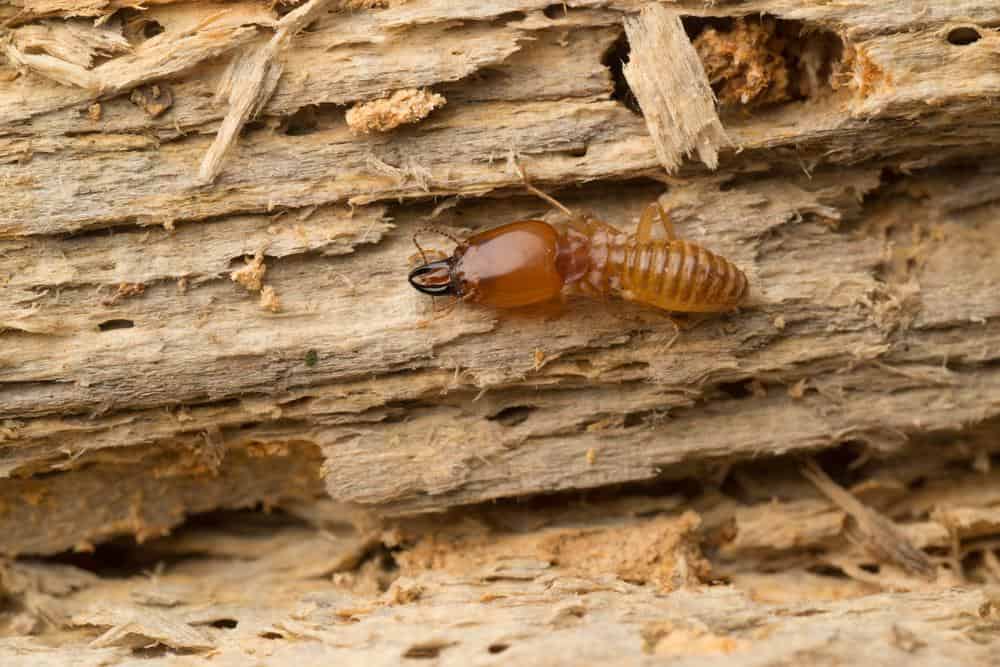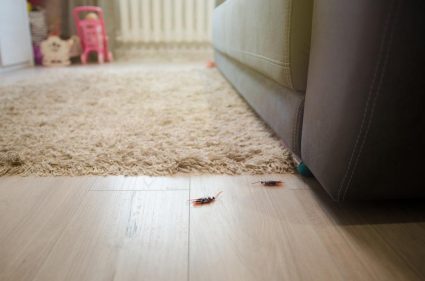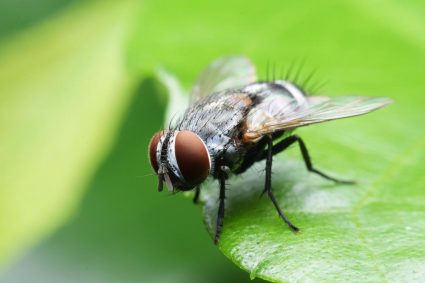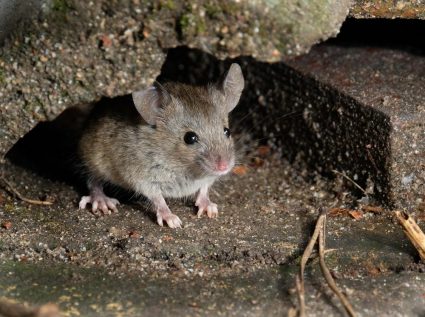
In the world of pest control, understanding the behavior and preferences of pests can play a crucial role in developing effective strategies to manage them. One pest that has particularly intrigued homeowners and professionals alike is the termite. These insects are known for their destructive habits, causing significant damage to wooden structures around the world. But what about their color preferences? Is there a particular color that termites hate? Let’s dive in and explore this topic in-depth.
There is no specific color that termites hate or avoid. Their behavior is primarily influenced by their aversion to light and attraction to certain smells, not color. Termites are generally blind and rely on their senses of touch and smell for communication and navigation. They are known to have an aversion to light, which helps them avoid exposure to predators and maintain their cryptobiotic lifestyle.
Understanding Termite Behavior
Before we delve into the color question, it’s essential to understand termite behavior. Termites are social insects that live in colonies, and their activities revolve around feeding, breeding, and nest building. Their survival is heavily dependent on their ability to avoid predators and harsh environmental conditions.
Termites are generally blind and rely on their senses of touch and smell for communication and navigation. They are known to have an aversion to light, which helps them avoid exposure to predators and maintain their cryptobiotic lifestyle. For example, subterranean termites build mud tubes to maintain darkness and protect themselves while foraging for food. This aversion to light also aids pest control technicians in locating evidence of termite infestations and establishing effective treatment plans.
Do Termites Hate a Specific Color?
Contrary to what some might think, there is no specific color that termites are known to hate or avoid. Their color preference or aversion can impact their behavior and survival in various ways. However, the primary factor influencing termites’ behavior is not color but their aversion to light and attraction to certain smells. Essential oils such as cedarwood, geranium, and tea tree oil are known to repel termites.
Even though some studies have found that termites fed on black wood exclusively in the presence of light, these findings do not necessarily indicate a preference for the color black. Instead, they suggest that termites might be more attracted to darker environments as they offer more protection and better camouflage from predators.
Misconceptions About Termite Color Preferences
One common misconception is that termites are attracted to specific colors of light, such as yellow light. However, termites are not inherently attracted to any specific color of light, unlike some other insects like moths. Another misconception is that termites are completely white. In reality, their color can range from opaque to white to dark brown, depending on their species and role in the colony.
Practical Applications in Pest Control
Understanding termite behavior and preferences can be beneficial in pest control. Integrated Pest Management (IPM) is a widely used approach that combines knowledge of pests, their life cycles, and their interaction with the environment to manage pest damage safely and economically.
Biological control is another approach that can be used against pests, including insects. This method involves using natural enemies, such as parasites and predators, to control pest populations.
Conclusion
While the question, “What color do termites hate?” might seem straightforward, the answer is more complex. Termites do not have a specific color preference or aversion. Instead, their behavior is driven by factors such as light, temperature, moisture, and the type of wood available for feeding. Understanding these factors can help in devising effective termite control strategies.
Remember, while using natural repellents like essential oils can deter termites, they may not provide a permanent solution for termite infestations. If you suspect a termite infestation in your home, it’s best to consult with a professional pest control service for a thorough inspection and treatment.
Frequently Asked Questions
What are some signs of a termite infestation?
Some common signs of a termite infestation include: mud tubes on the exterior of the house, soft wood that sounds hollow when tapped, cracked or bubbling paint, and termite droppings that look like sawdust.
How can I prevent a termite infestation?
Some preventive measures include: reducing moisture in and around your home, keeping firewood and lumber away from your home’s foundation, maintaining a gap between the soil and any wood portions of your home, and having regular professional termite inspections.
Are termites harmful to humans?
Termites do not pose a direct threat to humans. They do not bite or spread diseases. However, they can cause severe structural damage to buildings, which can indirectly affect human safety.
How fast can termites cause damage?
The speed at which termites can cause damage varies based on the species and the size of the colony. However, a large termite colony can consume about a foot of 2×4 wood in six months.
Can I treat a termite infestation myself?
It’s not recommended to treat a termite infestation yourself. Termites can cause serious damage to your property, and improper treatment can allow the infestation to continue. It’s best to hire a professional pest control service to handle termite infestations.












